Students Gain Hands On Experience
The Physical Therapy Assistant program at the University of Cincinnati, Clermont gained valuable, hands on experience today at Premiere Physical Therapy and Abilities in Motion.
Carolyn Shisler, who leads the program at UC, Clermont said that this experience gives future physical therapist assistants the opportunity to hear stories and ask questions to recent and veteran amputees. “They are real people and students are able to hear their story and empathize with their life situation. Our students get to see the person and not the diagnosis,” said Shisler.
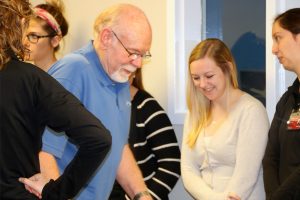
Caitlin Rausch is a student at UC, Claremont and she echoed those feelings. “It’s so different than being in the classroom. There, you don’t get to see patients and hear their backgrounds”.
Students heard an hour long presentation from experts and then broke into smaller groups to see demonstrations and interact with patients. The patients participating in the program had below knee, above knee and bilateral leg amputations. Each had different experiences that informed students and each saw this as an opportunity to invest in the future.
Andy Beardslee is the PT director at Premiere Physical Therapy and he understands the value of these types of experiences. “Many times, new students are apprehensive when meeting with amputees. They may have a fear of saying the wrong thing and this experience gives them a change to get comfortable with real people.”
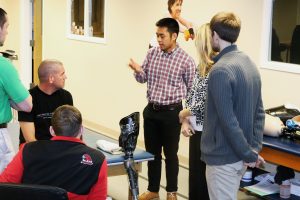
Students would be hard pressed to find a better environment for this type of learning as Premier Physical Therapy is the regions leader in working with amputee patients. Their partnership with Abilities In Motion allows a patient to meet with their prosthetist and physical therapist all in same visit.
Shisler summed up the experience this way, “PTAs work in many different areas of physical therapy, Amputees are one facet of the field. It’s important that they are able to work with people and help them reach their full potential.”
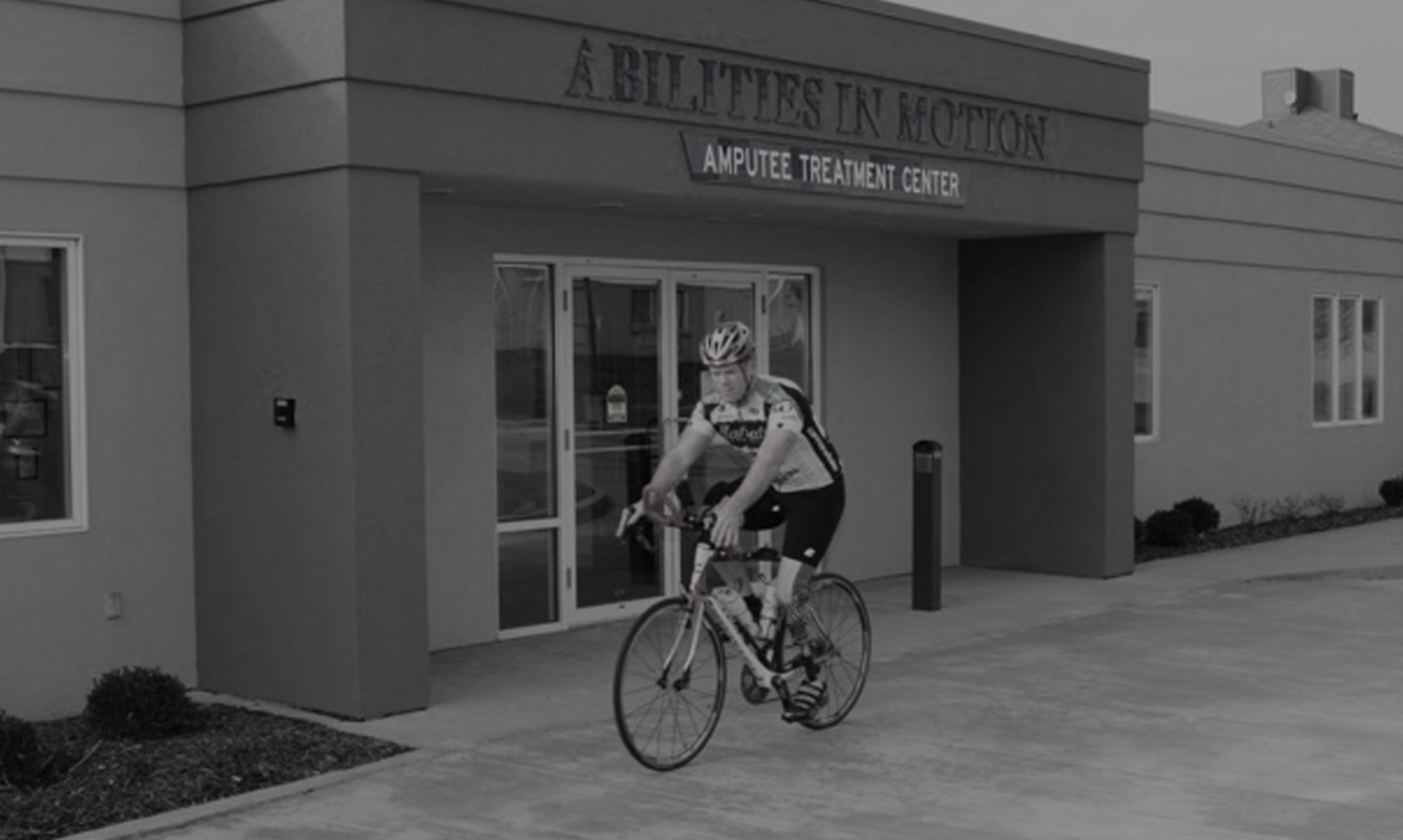
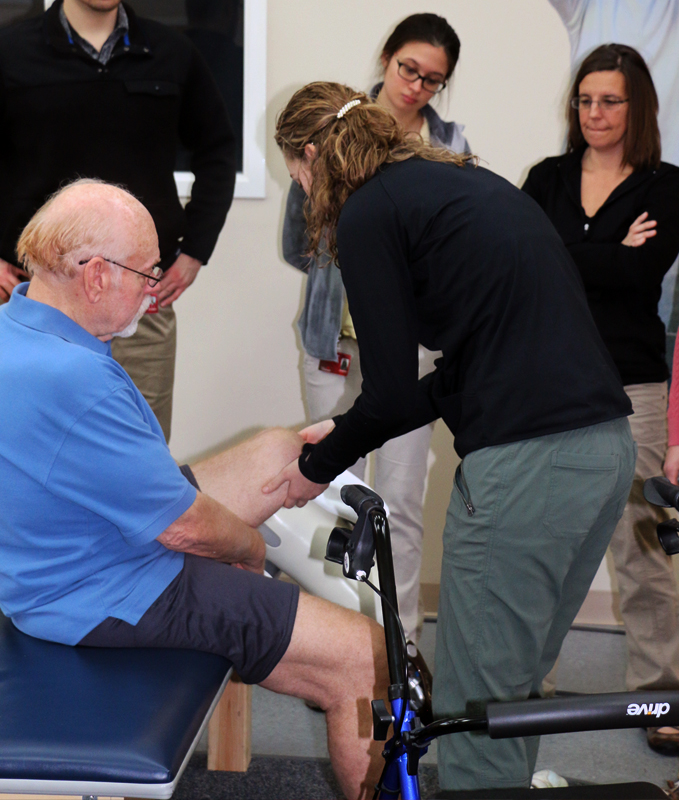
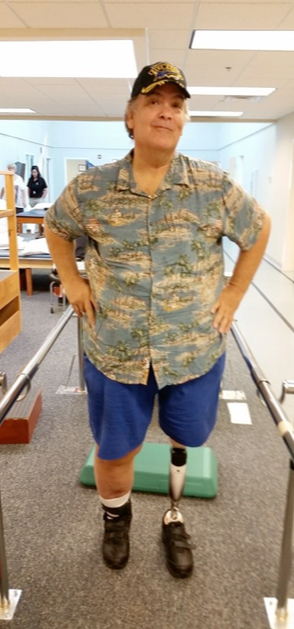 Rodney Jones first came to Abilities In Motion in the summer of 2013. A truck driver for several years, Rodney was injured while on the job. After several failed attempts to reset his leg for healing, the decision was made to amputate Rodney’s left leg.
Rodney Jones first came to Abilities In Motion in the summer of 2013. A truck driver for several years, Rodney was injured while on the job. After several failed attempts to reset his leg for healing, the decision was made to amputate Rodney’s left leg.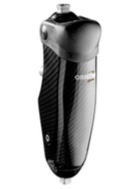 As a part of the rehabilitation process, Rodney initially used a prosthesis with a locking knee for 12 months. He then transitioned into using the technologically advanced Orion2 knee from Endolite.
As a part of the rehabilitation process, Rodney initially used a prosthesis with a locking knee for 12 months. He then transitioned into using the technologically advanced Orion2 knee from Endolite.